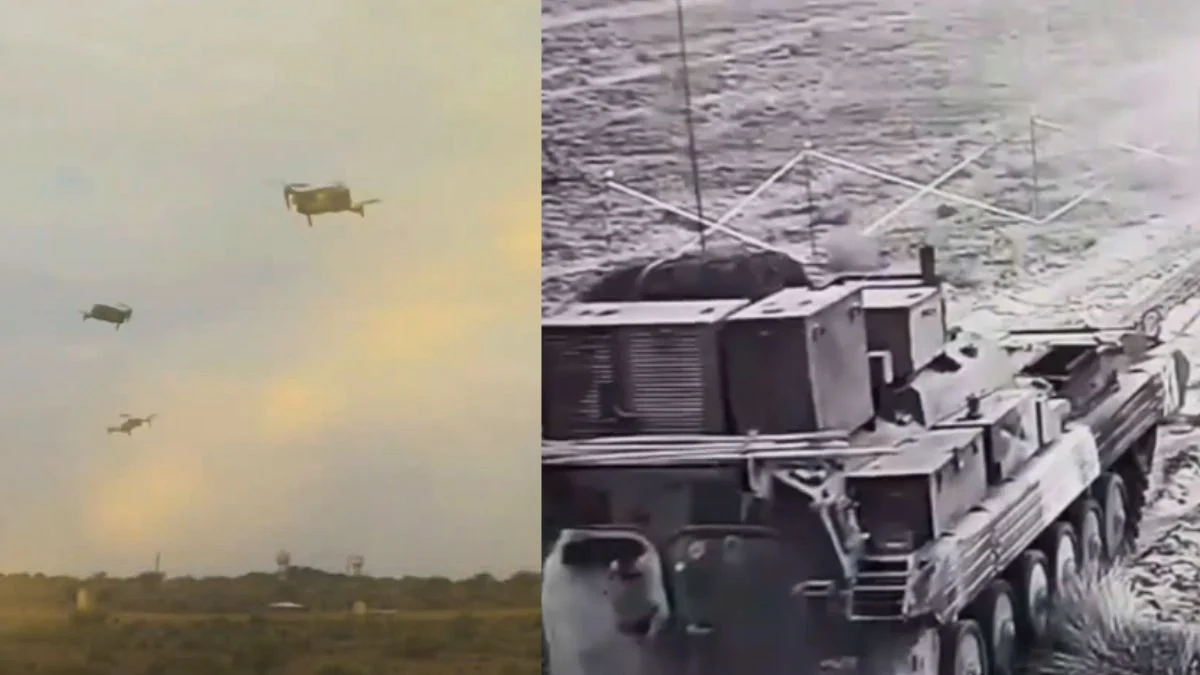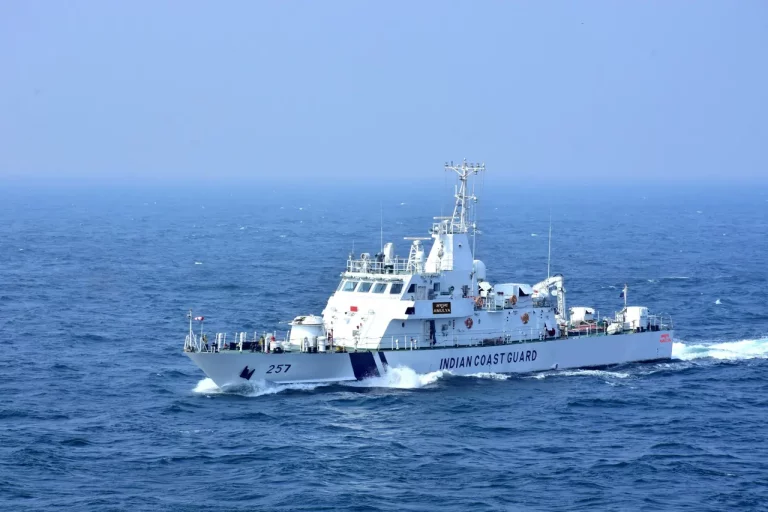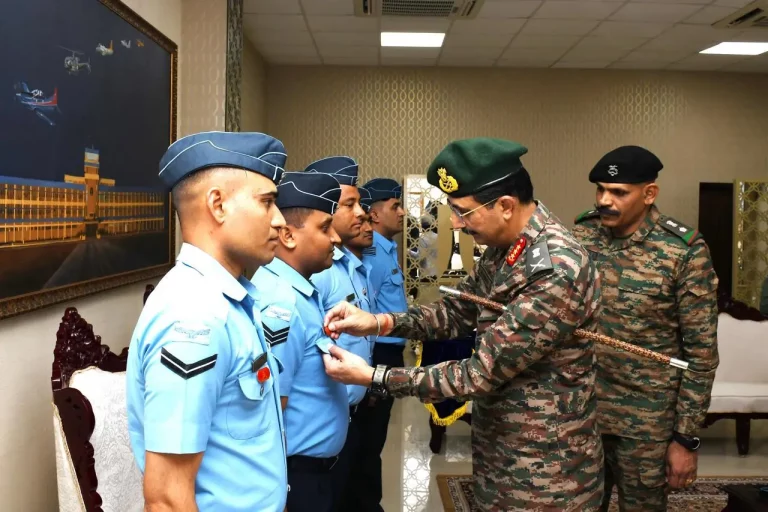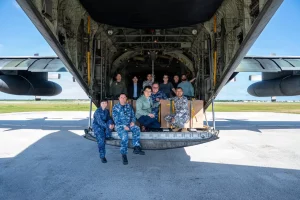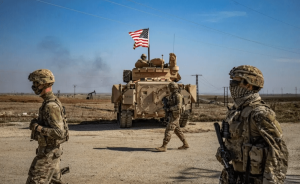In a significant demonstration of integrated military capabilities, the Indian Armed Forces successfully concluded “Akhand Prahar,” a large-scale tri-service combat exercise conducted as part of Exercise Trishul 2025. This drill, which took place across the country’s western, northern, and eastern frontiers, is noted as one of the most extensive and technologically advanced displays of unified combat readiness in recent years.
The exercise showcased the collaboration of formations from the Indian Army, Navy, and Air Force, conducting simultaneous operations across land, air, and maritime domains. Emphasizing jointmanship, interoperability, and networked warfare—essential elements of contemporary combat—the exercise featured real-time data exchange connecting command centers with frontline units deployed in diverse terrains, including deserts, high-altitude areas, and maritime zones. This integration enabled cohesive decision-making amid simulated wartime conditions.
Officials from the defense sector outlined that the goal of Akhand Prahar was to affirm India’s capacity for high-tempo, multi-theater operations through rapid coordination, precise targeting, and sustained logistical support. The drill highlighted the Armed Forces’ readiness to implement decisive joint responses in hybrid and contested scenarios.
A notable focus of Akhand Prahar was the incorporation of drone warfare and counter-UAV (Unmanned Aerial Vehicle) tactics. Indigenous surveillance drones and loitering munitions were deployed for reconnaissance and to simulate offensive actions, while electronic warfare units worked to disrupt enemy communication networks. The exercise also showcased AI-enhanced situational awareness tools, robust communication networks, and advanced digital command systems, which significantly improved operational response times and striking accuracy.
Experts noted that the technologies featured in the exercise reflect India’s increasing emphasis on autonomous systems and electronic warfare, indicating a progressive shift towards integrated and network-centric operations.
On the ground, T-90 Bhishma tank formations led high-mobility armored advancements, supported by mechanized infantry and attack helicopters. Combined-arms brigades executed deep penetration and rapid enveloping maneuvers to breach simulated enemy defenses. Artillery units utilized upgraded digital fire-control systems to provide coordinated precision fire support with minimized reaction times.
In parallel, Indian Air Force squadrons, including Su-30MKI, Rafale, and TEJAS fighters, conducted precision air-interdiction, close air support, and night strike missions. These operations were synchronized with satellite-based reconnaissance and real-time UAV data, enhancing the efficacy and lethality of air strikes.
The Indian Navy played a crucial role in the exercise, focusing on maritime security operations that encompassed coastal defense, sea-lane protection, and coordinated amphibious operations with land forces. In the northern theater, high-altitude warfare drills were practiced, involving rapid troop insertions, mountain artillery coordination, and integrated airlift operations.
Transport aircraft such as C-17 Globemaster and Chinook helicopters were vital for rapid troop reinforcements, medical evacuations, and logistics delivery to forward positions in challenging weather conditions.
The Ministry of Defence underscored that Exercise Trishul 2025 validated India’s preparedness for modern hybrid warfare, integrating conventional, electronic, and cyber operations into a comprehensive response strategy. The exercise also highlighted the importance of civil-military coordination for managing contingencies and disaster response, reinforcing India’s whole-of-nation approach to national defense.
Through Akhand Prahar, the Indian Armed Forces not only showcased their advancing technological capabilities but also demonstrated the maturity of their joint operational doctrine. The exercise reaffirmed India’s commitment to creating a fully network-centric, multi-domain combat force capable of responding quickly and effectively to any external threats.
